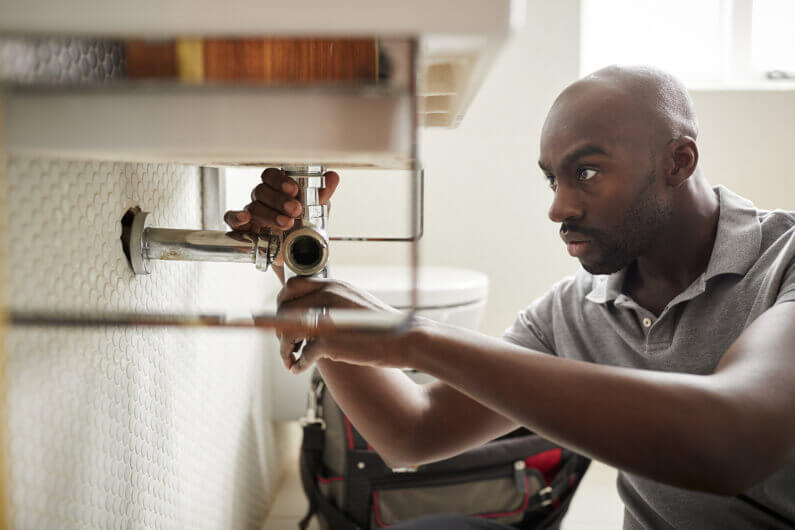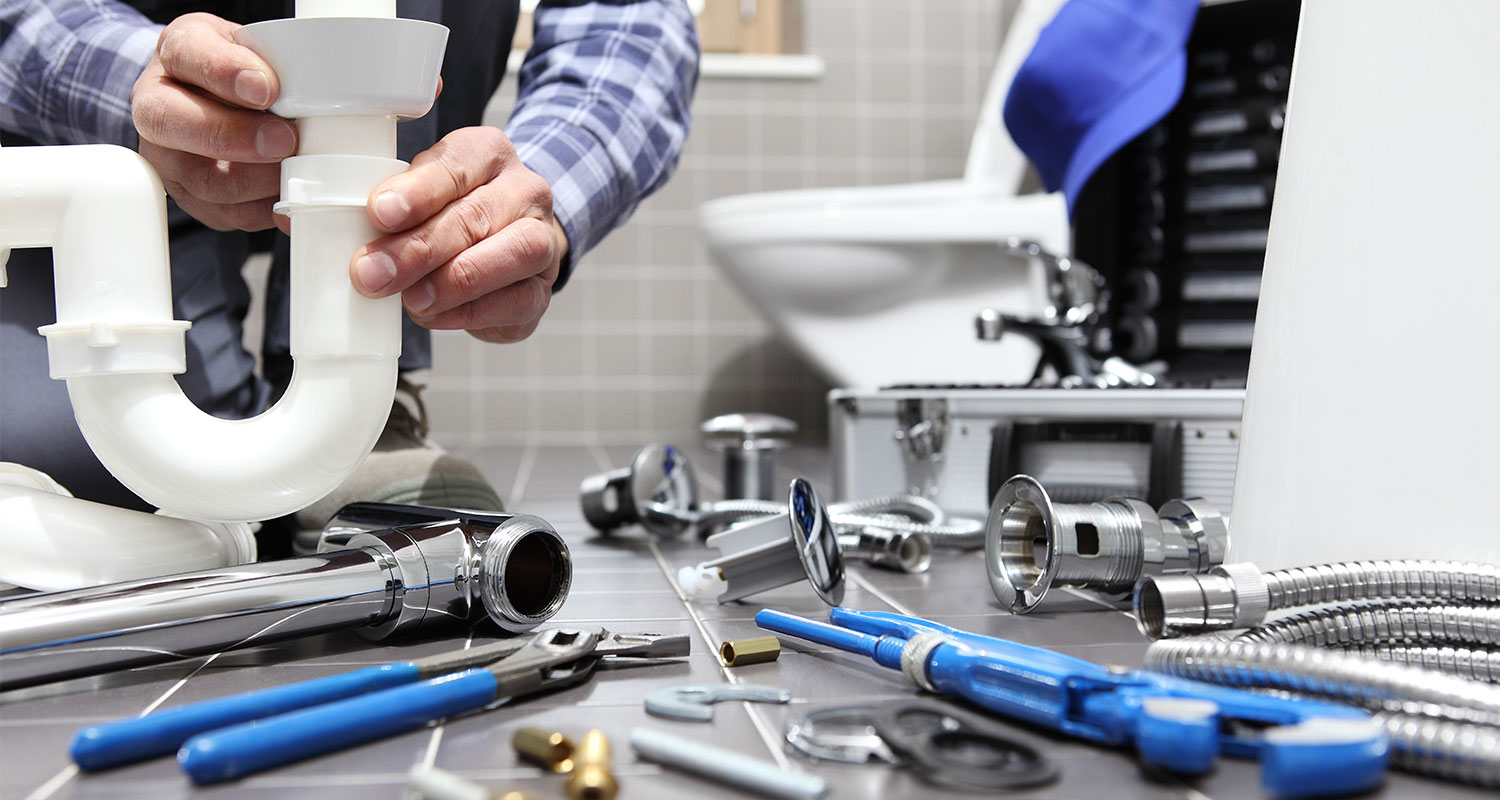Trusted Plumber Alabaster AL for All Your Emergency situation Requirements
Trusted Plumber Alabaster AL for All Your Emergency situation Requirements
Blog Article
A Step-by-Step Guide to Effective Hot Water Heater Installation for Ideal Efficiency
Starting the job of setting up a hot water heater is an endeavor that requires accuracy and an organized strategy for achieving optimum efficiency. The process begins with the important choice of selecting the ideal heating system tailored to the specific requirements of your home, considering variables such as kind, size, and energy source. When picked, preparing the installation location to satisfy security criteria is paramount. Nonetheless, the trip does not end here. As you continue, the ins and outs of linking water supply lines and establishing trusted electrical or gas connections await, encouraging understandings into ensuring performance and integrity.
Choosing the Right Water Heating System

Next, take into consideration the dimension and capacity of the water heating system. It's essential to examine your family's warm water requirements, which can differ based on the number of occupants and their use patterns. An unit that's as well tiny might bring about insufficient hot water, while a large design might lead to unneeded power consumption.
Effectiveness scores likewise play a pivotal function in selection. Seek hot water heater with high Power Factor (EF) scores, suggesting superior efficiency and decreased energy usage. Tankless models, though commonly much more expensive upfront, deal significant energy cost savings over time as a result of their on-demand home heating capabilities.
Preparing the Setup Location
Prior to installing a new water heating system, careful prep work of the setup location is crucial. It's vital to determine the room carefully to accommodate the water heater's dimensions, ensuring appropriate clearance around the system for effective operation and maintenance.
Examine the floor for stability, as the water heating system will require a solid, degree surface area to operate successfully. If essential, set up a drip pan underneath the unit to capture potential leakages or spills, stopping water damage to the surrounding area.
Furthermore, make certain that all required devices and materials get on hand before commencing the installation. This includes products such as wrenches, screwdrivers, a level, and any type of extra equipment required for safeguarding the heating system and placing. A well-prepared setup location establishes the foundation for an effective hot water heater arrangement, maximizing performance and security.
Connecting Water Supply Lines
When linking water lines to your recently mounted hot water heater, it is crucial to ensure that all connections are protected and leak-free to preserve reliable operation and stop water damages. Begin by determining the cold and warm water system lines. The cold water inlet is generally noted with a blue tag or a "C", while the warm water electrical outlet is marked with a red label or an "H".
Use adaptable water heater adapters to promote a less complicated setup procedure. These connectors can absorb vibration and permit mild movement, lowering the threat of leaks. Before connecting the ports, position a plumbing professional's tape around the threaded ends of the water heater's inlet and outlet pipes - Drain Cleaning Alabaster AL. This tape functions as a sealer, stopping leakages. Meticulously attach the flexible pipes to the particular inlet and electrical outlet, making sure that they are tight however not over-tightened, which could damage the threads.
As soon as connections are in location, gradually turn on the primary water system shutoff. Inspect each connection for leakages by visually checking and really feeling for dampness. Tighten up links as required, and make sure the stress alleviation valve is appropriately mounted, guarding versus extreme pressure accumulation.
Establishing Electrical or Gas Links
Properly setting up the electric or gas connections for your water heating system is a vital step to guarantee efficient and secure operation. For electric water heating units, begin by validating that the electrical circuit is compatible with the informative post heating unit's voltage and amperage demands.
For gas water heating systems, safety and security is paramount. Validate that the gas supply is off prior to continuing. Attach the gas line to the water heating unit making use of a flexible gas port, ensuring it is effectively threaded and sealed with pipe joint compound or Teflon tape suitable for gas connections. Tighten the connections with a wrench, making sure not to over-tighten (Plumbing Alabaster AL).
As soon as connections are made, inspect for any possible leakages. For gas lines, use a soapy water option to the joints; bubbles suggest a leakage. For electric connections, ascertain that all wiring is protected and correctly insulated, maintaining compliance with local electrical codes.
Examining and Readjusting for Efficiency
With the electric and gas connections securely in area, the next action is reviewing the functional effectiveness of your water heating unit. Begin by thoroughly transforming on the water supply and guaranteeing there are no leakages at any of the joints or valves.
Following, carry out a thorough inspection to make certain the burner or burner are functioning correctly. For electric heating units, make use of a multimeter to verify if the aspects are attracting the appropriate existing. In gas models, observe the burner fire; it must be constant and blue, indicating efficient combustion.
Change the setups as essential to remove inefficiencies. Take into consideration carrying out insulation procedures, such as including a hot water heater covering, to additionally boost efficiency by lessening warm loss. Furthermore, inspect the anode pole's problem, as a deteriorated pole can minimize performance and bring about container corrosion.
Conclusion
Efficient water heating unit installation is essential for making certain optimal efficiency and energy cost savings. Firmly connecting water supply lines and carefully establishing up electrical or gas connections lessen possible issues.

Effectively setting up the electric or gas connections for your water heating system is a critical step to guarantee efficient and secure procedure. For electrical water heating systems, begin by verifying that the electric circuit is compatible with the heating system's voltage and amperage requirements. Link the gas line to the over at this website water heating unit utilizing a versatile gas port, ensuring it is appropriately threaded and secured with pipeline joint substance or Teflon tape suitable for gas links.
Report this page